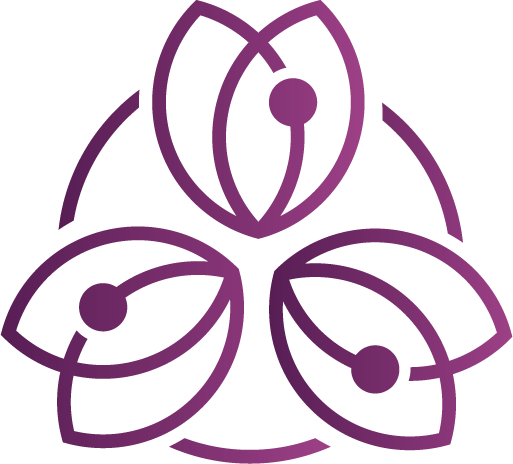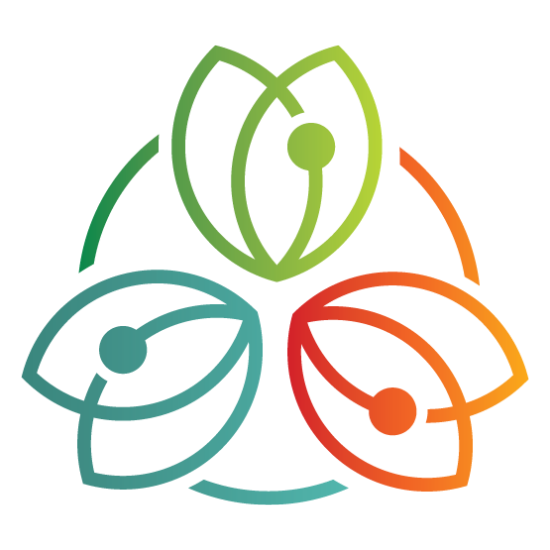Tibetan Yoga and Breathing Exercises for Health and Longevity
We all know movement and sport are important for health. It improves our cardiovascular health, strengthens the muscles, improves blood and lymph flow thus improving immunity, helps reduce weight, high blood pressure and hyperglycemia (high blood sugar). It even improves our mood by serotonin secretion. But there are special kinds of excercises that have even more profound effect on our health and well being.
Tibetan Yoga
In Tibetan medical tradition, there are different kinds of sports advisable for different constitutional types, but there is one type of exercise that is beneficial for all. It is called Nejang - Tibetan healing yoga. It was a part of preliminary practices for advanced yogic exercises (thrul kor) that were used by yogis to attain spiritual realization, with physical health being a side effect. Now, what's so special about it?
I’ve been told by my Tibetan medicine teacher, Dr Nida Chenagtsang, that holding breath is a powerful method to prolong one’s lifespan. And here we work closely with the breath, particularly with breath retention. In combination with special movements it removes energy blockages and helps the energy - and blood - circulate freely. Recently I also came across the research of Dr. John Douillard and others, explaining the wonders of the breathing techniques from the Western perspective.
Hypoxia Health Effects
As you have probably heard, intermittent fasting has numerous health benefits, but what you might not know, so does intermittent hypoxia (oxygen fasting). Unfavorable conditions such as scarcity of food, air, extreme temperatures, trigger the body’s survival circuits on the epigenetic levels, so we can survive the hard times. It boosts production of transcription factors that protect from DNA damage, and the growth of stem cells, rejuvenating the organism. Lack of oxygen – called hypoxia – stimulates also erythropoietin production (hormone increasing hemoglobin levels), nitric oxide (NO), vascular endothelial growth factor, and a so-called hypoxia inducing factor (HIF-1), which enhances neuroplasticity of the brain. Neuroplasticity, or the ability to change the neural system is crucial for our current times, when we need to adapt to the fast-changing world situation, cope with stress and emotional traumas. On top, recent reseach on coronavirus has shown that it causes massive oxidative stress disrupting the capacity of hemoglobin to carry oxygen to tissues. When we hold breath, accumulation of CO2 actually triggers the release of oxygen from the blood into the tissues, so we get even more oxygen where we really need it.
Another effect that we receive by holding breath is activation of the vagal nerve – the most important nerve of the parasympathetic nervous system, responsible for “resting and digesting”, enabling proper function of all inner organs. It counteracts the sympathetic stressful response, or “fight or flight” mode, which is in long term detrimental for both health and longevity.
Purification Breathing
Seems that the yogis of the Himalayan plateau (scarce on oxygen!) knew and experienced the benefits of hypoxia for hundreds of years. So here come the exercises. We always start the exercises, or any therapeutic session, with so called purification breathing. Tibetan medicine explains that they clean the energy channels, expel the stagnant winds and remove the blockages. They also help to calm down, relax and be more focused.
Here we inhale through one nostril, hold the breath, and exhale through another. We can imagine clear light coming in and exhaling the dark smoke with all the blockages and impurities from our system.
Let me explain what happens during this kind of breathing from the scientific perspective. Inhaling with only one nostril creates a greater resistance in the airways. Try to inhale normally, and then with one nostril closed - you can feel your diaphragm working harder. Diaphragm is your main inspiratory muscle, and you can train it this way to improve pulmonary function. It was also found to improve asthma, apnoe and heart failure. In the times of Covid you surely want your lungs to work properly. Stronger diaphragm also means better digestion and help in heartburn and esophageal reflux (GERD).
Traditionally it is repeated at least 9 times (right nostril, left nostril, and both 3x), but to have fully the above-mentioned health effects you should do it for about 7-10 min per day. Here you can see how to do it properly.
Nejang Exercises
The full set of Nejang practice contains 24 exercises, each of them aimed at a particular organ or imbalance. Today I’ll share just a few of them, and you can later join the online or live class.
- Vase Breathing ( Tib: Bumpachen, Sanskr. Kumbakha, here in a version used by Tibetan doctors)
Inhale deeply and hold the breath in the lower belly (resembling the vase filled with prana). During holding your breath, rotate the belly 7 times to the right and 7 to the left. Exhale shortly, leaving part of the air inside. Repeat 7 times. This exercises includes the benefits of holding breath (you should train to gradually increase your hypoxia tolerance), and it is a great metabolic booster. It helps digestion, loosing weight, releases constipation, increases inner warmth and strength. It maintains optimal function of all organs in the belly and in the pelvic area.
- All Body massage
On holding breath energetically rub and massage each part of the body 3x, starting with face, then head, neck, arms, back, legs, trunk, belly sides, and hands. At the end exhale deeply with ha sound and shake your body. It cleanses all the energy channels, invigorates, releases tension and emotional blockages. After repreating it 3, 5, or 7 times, sit or lay down and enjoy the subtle changes that it brings about.
Note: These is not a medical advice. Always check with your doctor if you want to practice holding breath or any types of yoga exercises.
Literature
Dr Nida Chenagtsang, Nejang - Tibetan Self- Healing Yoga, SkyPress, 2019
David A. Sinclair, Liefspan- Why We Age and Why We Don't Have To, Atria Books, New York, 2019

